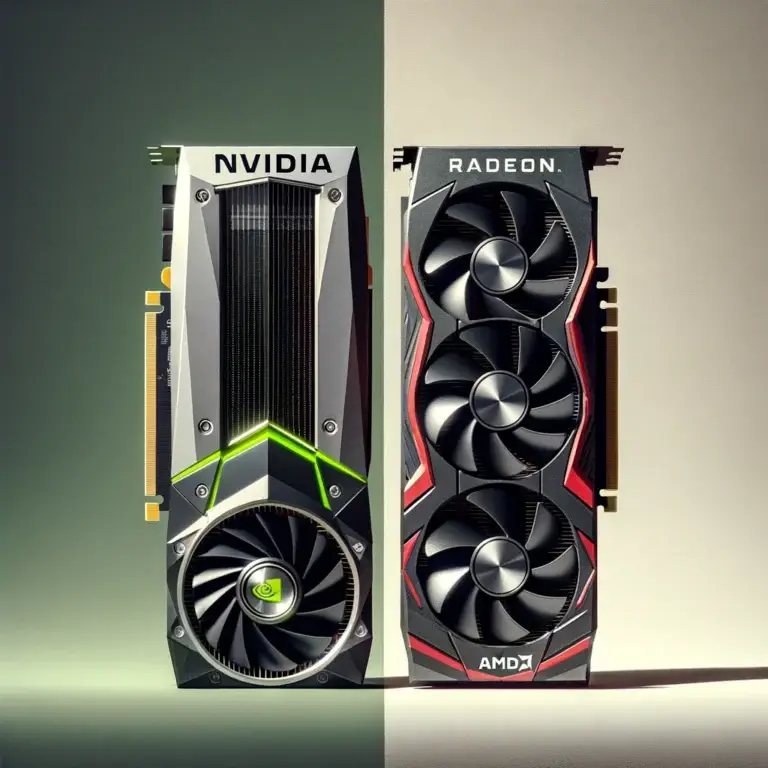Disclaimer: This blog post contains affiliate links. If you click on these links and make a purchase, I may earn a commission at no additional cost to you. I only recommend products or services that I personally use and believe will add value to my readers.
Building a Budget Gaming PC #1 Guide
Brief Overview of the Benefits of Building a Gaming Computer
Explanation of the Cost-Saving Advantages of Building a Budget Gaming Computer

Setting a budget for your gaming PC build

Researching compatible components for optimal performance and cost efficiency

Creating a parts list based on your budget and performance requirements

The Heart of Performance: Processor (CPU)

Unveiling the Power Within
Graphics Card (GPU)

The Nexus of Compatibility: Motherboard

A Symphony of Harmony
Memory Marvels: Memory (RAM)

Embracing Speed and Capacity
Assembly Process

Preparing the Workspace
Installing the CPU
Inserting RAM Modules
Mounting GPU Securely
Final Thoughts
Assembling a cheap gaming computer can be a rewarding experience that not only saves you money but also gives you a sense of accomplishment once completed successfully. By carefully preparing your workspace and following each step meticulously when installing components like CPUs, RAM modules, and GPUs, you set yourself up for a well-functioning system ready to tackle all your gaming needs efficiently.
FAQs
What is a budget gaming PC?
- A budget gaming PC is a computer that is designed to handle video games without breaking the bank. It typically has components that offer a good balance between performance and cost.
How much should I expect to spend on a budget gaming PC?
- The cost of a budget gaming PC can vary depending on your specific needs and the current market prices, but generally, you can expect to spend between $500 and $1000.
What components are essential for a budget gaming PC?
- Essential components include a processor (CPU), graphics card (GPU), memory (RAM), storage (HDD or SSD), power supply unit (PSU), motherboard, and a case.
Can I build a budget gaming PC that can run all the latest games?
- Yes, it’s possible to build a budget gaming PC that can run most of the latest games, but you may need to adjust the game settings to lower or medium for optimal performance.
How can I save money when building a budget gaming PC?
- To save money, consider buying components during sales, opting for a mid-range GPU and CPU, using a smaller SSD for your operating system and a larger HDD for storage, and reusing parts from an old PC if possible.
Should I build my own budget gaming PC or buy a prebuilt one?
- Building your own PC can be more cost-effective and allows for customization, but buying a prebuilt PC is more convenient and comes with warranties and support.
What are some recommended budget-friendly components for a gaming PC?
- Recommended budget-friendly components include AMD Ryzen 3 or 5 CPUs, NVIDIA GTX 1650 or AMD Radeon RX 580 GPUs, 8GB of RAM, and a 240GB SSD paired with a 1TB HDD.
How do I ensure my budget gaming PC is future-proof?
- To future-proof your PC, choose components that are easily upgradable, such as a motherboard with extra RAM slots and a PSU with higher wattage than currently needed.
Can I overclock components in a budget gaming PC?
- Yes, you can overclock certain components like the CPU and GPU to get better performance, but make sure your cooling system and power supply can handle the increased demands.
Where can I find guides or resources for building a budget gaming PC?
- There are many online resources, including YouTube tutorials, PC building forums, and websites like PCPartPicker, which can help you plan and build your budget gaming PC.
